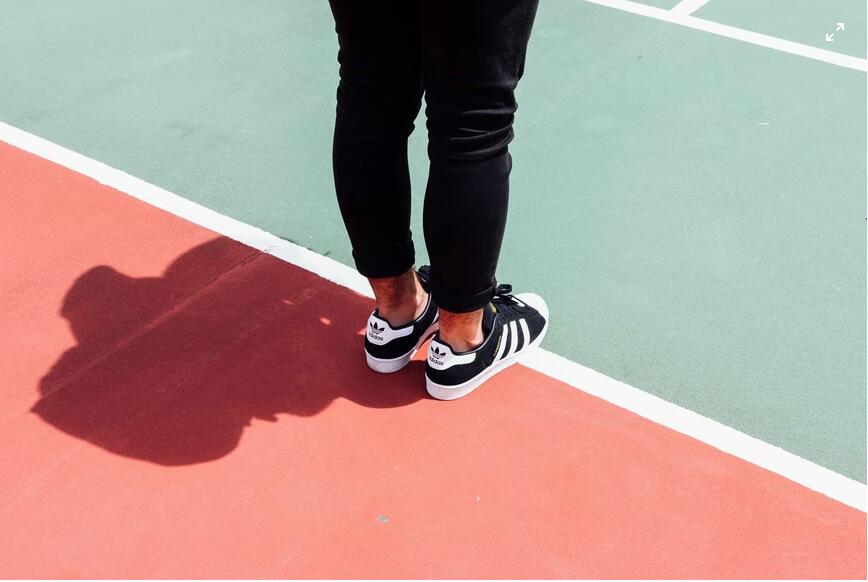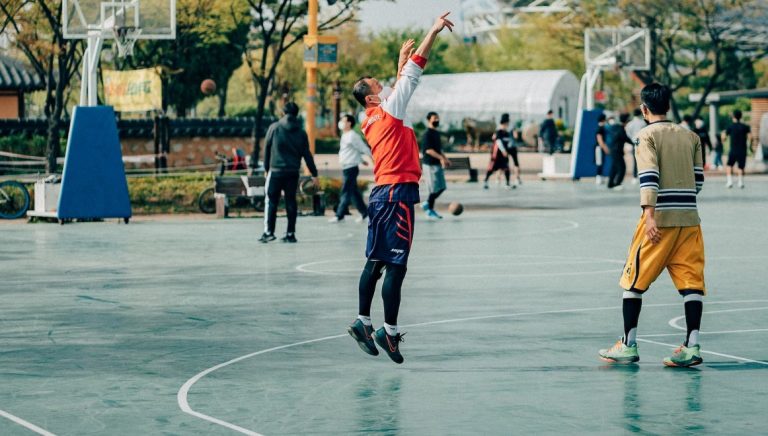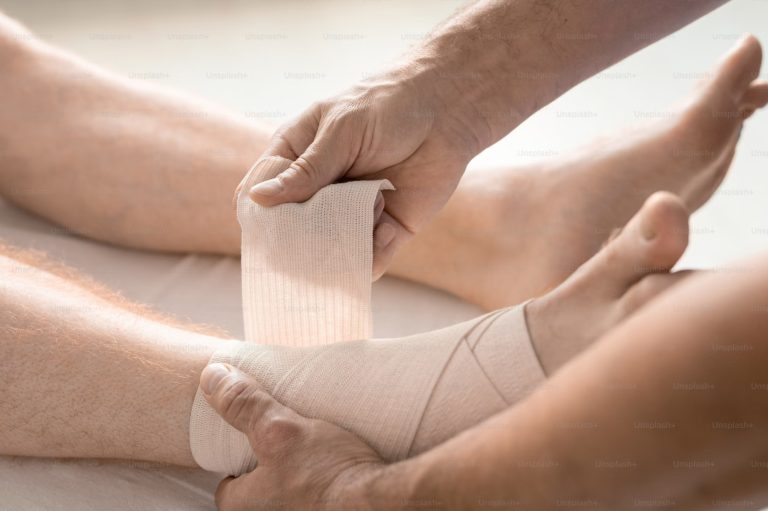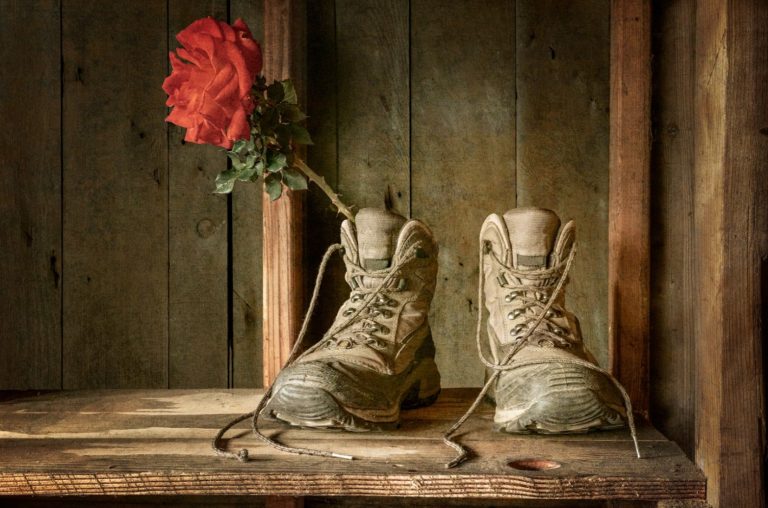12 Interesting Facts About Flat Feet
Pes planus, or flat feet, is a common condition that affects about 25 percent of adults. It’s also one of the most common foot conditions that affects children, but it isn’t something you can catch from someone else. You’re either born with this trait or your aren’t — and most kids outgrow them by the time they’re 10 years old. Here are 12 interesting facts about flat feet:
1.It’s rare for adults to be born with flat feet.
If you were born with flat feet, chances are good that your parents also have flat feet.
It’s rare for adults to be born with flat feet. In fact, it’s more common for children and toddlers to be born with flat feet because the ligaments in their feet haven’t yet developed fully—but as soon as babies start walking on their own (around age 2), those ligaments strengthen and the arches form naturally.
Since females tend to have smaller feet than males, they also have a higher risk of developing flat arches. And Asian people are more likely than other ethnicities to have high arching or low arching due to genetic factors related to body shape and size.
2.Flat feet aren’t something that you can catch from someone else.
Flat feet aren’t something you can catch from someone else. This is good news for those who suffer from flat feet, because the condition isn’t something that can be transmitted like a cold or the flu. In fact, it’s pretty much impossible to catch flat feet from another person (unless they give you their shoes and socks). Even then, it would take quite a while of walking around in those shoes before your own arches would begin to flatten out—so unless they’re really tired of wearing their own footwear, this isn’t likely to happen anytime soon!
3.Flat feet can lead to problems in adulthood, but not always.
Flat feet are a common condition that occurs when the foot doesn’t have enough arch. Flat feet can cause pain, discomfort and even injury. They can lead to other problems like knee and back pain. If you have flat feet, you may be more prone to injury than people with higher arches because your body is not as stable or strong.
Whether or not flat feet will cause problems in adulthood depends on whether or not your parents had them as well. If both parents have flat feet and pass this trait down to their offspring, those children will likely inherit it too—it’s just part of the genetic makeup of humans today!
4.The words “flat feet” describe a condition called pes planus
The words “flat feet” describe a condition called pes planus, meaning the soles of the feet have no arch at all. Flat feet are often inherited, but can also be caused by injury or arthritis.
Flat feet may not cause pain when you first develop them. However, over time they can lead to other problems that make it painful for you to walk or stand for long periods of time:
- Pain in your ankles and knees as well as shin splints (pain behind the knee) due to increased stress on these areas from extra weight being placed on them. This extra pressure can cause damage over time and lead to degenerative arthritis in those joints if left untreated;
- Foot pain if you wear high heels or other types of shoes with little support;
- Increased risk of foot ulcers — those are open sores that form between the toes that do not heal easily because there isn’t enough blood flow to keep them healthy once they’ve formed;
5.Flat feet is one of the most common foot conditions that affects children.
Flat feet are one of the most common foot conditions that affect children. When your child’s arches are flat, it means that their arch is lowered and their heel sits lower than the rest of the foot.
In most cases, this will be a temporary condition and should correct itself as your child grows older. However, if you notice that your child has flat feet for an extended period of time (more than two years), you should talk to a doctor about whether it needs treatment or monitoring.
6.Wearing shoes that are too big or overly supportive can make toddler’s flat feet worse.
Wearing shoes that are too big or overly supportive can make toddler’s flat feet worse. A shoe should fit snugly, but not tightly. It should be flexible and lightweight, as well as supportive without being overly so. The best footwear for flat footed toddlers will also be comfortable, breathable and easy to put on.
7.Running barefoot may help prevent flat feet later on in life.
You may have heard that running barefoot can help prevent fallen arches, which is true. However, there is one way to reduce the risk of flat feet even more effectively: by running barefoot in your younger years.
Running barefoot strengthens the muscles around your arch and reduces the chance that you’ll develop fallen arches later on in life. The only downside is that you may be prone to injury at first because there’s no cushioning from your shoes during exercise. Over time, however, this will become less of an issue as your muscles become stronger and better able to absorb impact from landing on surfaces with hard objects like rocks or tree roots (the types of things we run into while running).
Even if you’re not a runner now but want to start exercising regularly later on in life—and especially if you’ve already started developing fallen arches—I highly recommend trying out different types of footwear before making any permanent changes such as wearing orthotics or surgeries like heel lifts or toe spacers/wedges.
8.A parent with flat feet has a 50 percent chance of passing that trait onto their children.
You may have heard that flat feet are a genetic trait. If you have flat feet and a parent with flat feet, there’s a 50 percent chance that your child will inherit the trait.
If you want to minimize the chance of passing on flat feet to your children, it’s important to practice good posture and avoid high-impact activities such as running or jumping while pregnant. You can also seek treatment from a podiatrist if you have severe cases of fallen arches or painful bunions.
9.Foot arches often develop naturally over time as kids grow
The good news is that while your foot arches might not magically form as a child ages, they do often develop naturally over time as kids grow stronger and learn how to walk properly. It’s also important to note that the development of the arch doesn’t happen overnight—and even if it does occur rapidly, it still takes some time for the ligaments and tendons in your feet to strengthen enough in order to support an arch.
So what are some methods for strengthening your arches? The most popular way is by walking barefoot on hard surfaces like sand or concrete (the more uneven the surface is, the better). However, if you don’t have access to those types of surfaces at home or work, you can use another method: try walking up stairs barefoot! This will help activate your foot muscles so they become stronger and more flexible—which will ultimately help build up their ability to hold up under pressure when standing on them for long periods of time throughout each day.
10. 70 percent of children with flat feet
You may have flat feet if you:
- Feel achy when you wake up in the morning
- Have a hard time finding shoes that fit properly and stay comfortable for long periods of time
- Feel pain in your heel, arch, or ball of foot after walking for 15 minutes or more
If any of these symptoms sound familiar, it’s worth talking to your doctor about them. If they think you might have flat feet, they can refer you to a podiatrist who can confirm their suspicions with an X-ray.
11.Children usually outgrow their flat feet by the time they’re ten years old
Flat feet are not a serious condition, but they can cause problems in the long run. The foot is designed to function best when it’s in its natural state. When your arches flatten out and increase in height, it can lead to some discomfort and pain as we age.
It’s important to know that flat feet are often caused by genetics or birth defects within your family tree that you may have inherited from your parents or grandparents. If you were born with flat feet, there’s nothing wrong with them—they’re just a normal part of who you are!
12.Pes planus is nothing to worry about – it is harmless and painless most of the time!
Flat feet are common, and they’re not a problem most of the time.
Flat feet happen when the arch of your foot flattens out when you stand or walk. Most people have arches in both their feet, so if one or both arches collapse, it’s called pes planus (pronounced: pay-PLAHN-us). This is also known as flat footedness. It may start in childhood but usually gets better by adulthood.
It’s normal for a child’s arches to be flexible and flatten out as they learn to walk — this happens at different times for each baby and toddler; some don’t go through this stage until they’re adults! If you have flat feet now but didn’t used to have them as a kid, it could mean that there is another condition causing your arch to collapse besides just being born without an arch (which would make sense because most people were born with an arch).
Conclusion
Flat feet are nothing to worry about – they are harmless and painless most of the time! What’s more, there are many treatments available today that can help relieve your symptoms. But the best thing is that if you have flat feet, they don’t need to be an obstacle in life – just take care of them!







